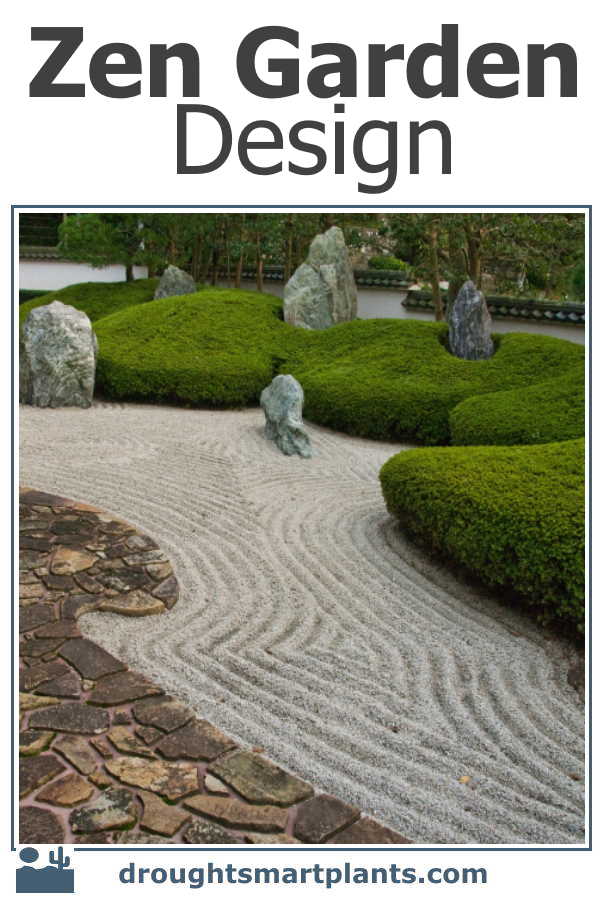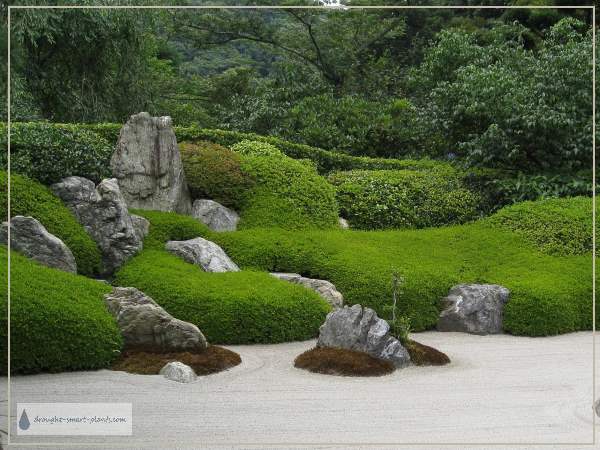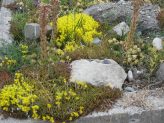Serenity, Peace and Tranquility
Zen garden design looks easy on the surface, but below the carefully sculpted and placed rocks, the raked gravel and the plants chosen with infinite care, there is a plan at work. All garden designs perform a function, but for a Zen garden, these are so personal.

The masters of Zen gardening were the Buddhist monks, using gardening as a way to get in touch with their deity. The very act of gardening itself was a form of worship and meditation, the finished garden a place of tranquil beauty, perfection and peace.
In many Zen gardens in Japan and other Asian countries, the format most commonly used is the large open area filled with a layer of fine gravel, with some ‘islands’ or large rocks placed in the ‘sea’.
The placement of the rocks is not random or accidental. In fact, choosing the rocks is an arduous and painstaking decision making process, fraught with the possibility of picking the wrong one that will change the entire meaning of the garden.

In Japanese gardening, rocks are seen as animate objects with a soul and are perceived as living. This makes it doubly important to place them exactly right; after all, you wouldn’t want to offend the spirit of the stone by inadvertently putting it upside down, or beside another rock with different ideas.
Peace and tranquility are the watchwords; anything that disturbs the feeling of being at one with nature or causes disharmony must be changed for the gardener to be completely satisfied with their Zen garden.
Some of the plants that are seen in Zen gardens seem at first to belong to a very restricted palette:
Moss is one of the most important features of any Japanese garden, no less so in a Zen garden. The many different kinds of moss can create a soft mist of color on an otherwise austere garden. Need help to get started growing moss? Check it out.
Sedges, iris and evergreen trees and shrubs form the backbone of the plant choices, and using texture rather than color is an important feature of Zen gardens.
The winter forms of Japanese maples or cloud pruned pines and junipers are valued as living sculptures. Wanting more winter interest? See the page on the Xeriscape in Winter here.




